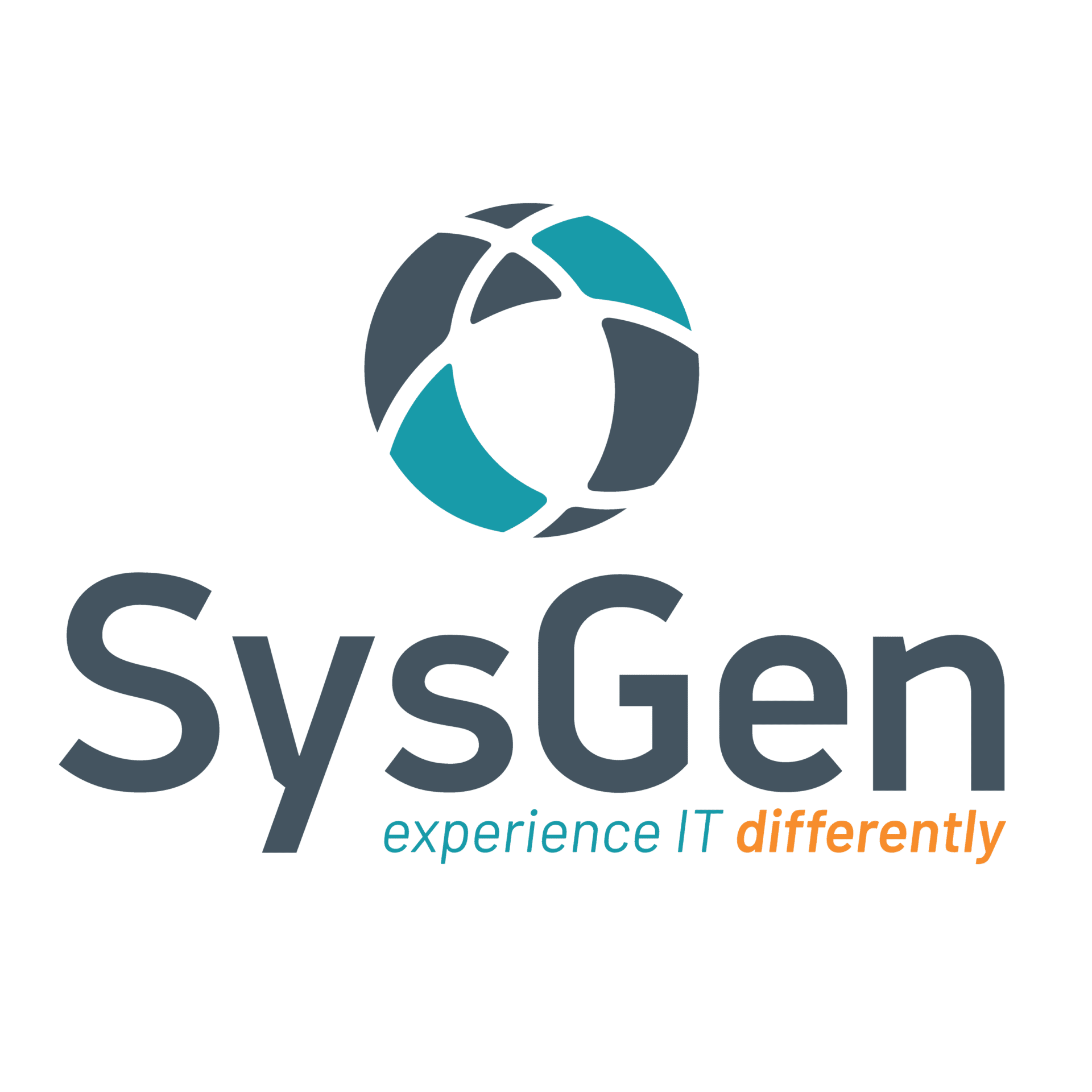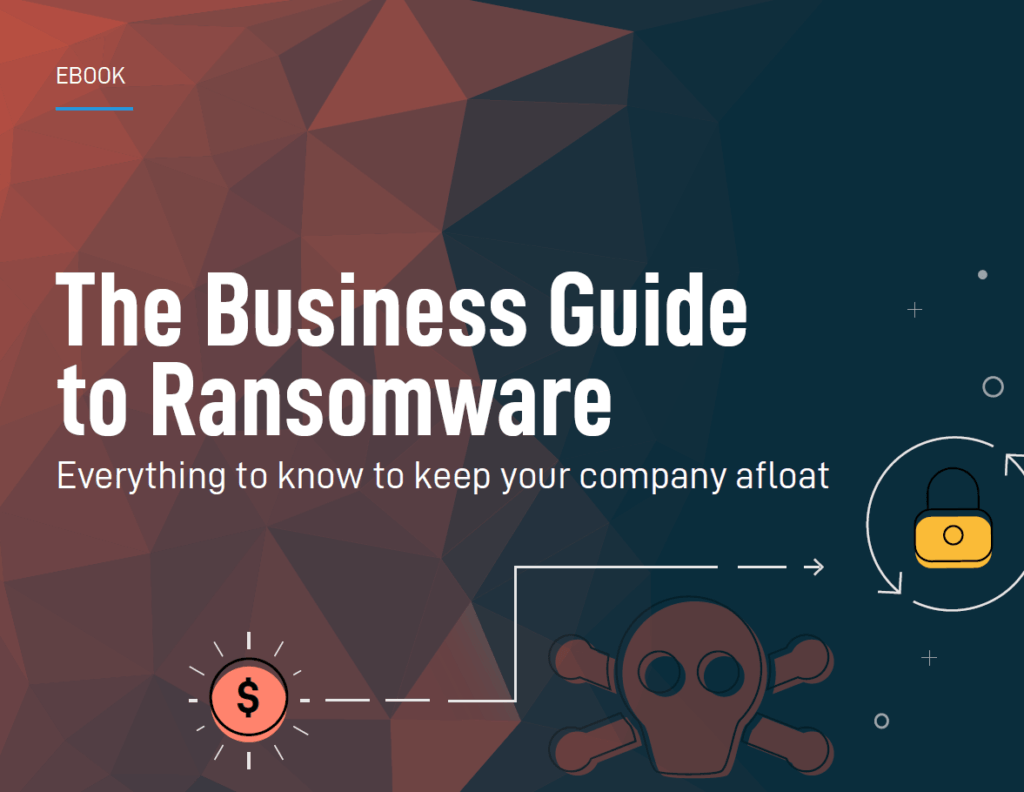Everything to know about ransomware to keep your company afloat.
It can be simple for malware to attack a computer network and take data hostage with a fee required for its release. The University of Calgary experienced a ransomware cybersecurity attack on its computer systems which resulted in $20,000 paid to the hackers. In another case, a cyberattack left the Alberta Energy Regulator offline for two days in December 2017.
Not only have ransomware attacks become more frequent, but they continue to become more costly as well.
Ransomware is spread in a number of ways.
Social engineering is one way. Individuals believe they’re dealing with a trusted source when they’re actually dealing with an individual who has the intent to collect valuable information for malicious purposes. Another way is through a software package called an exploit kit. These packages identify vulnerabilities and exploit them to install ransomware.
There are numerous ways through which a ransomware cybersecurity attack can happen.
However, the most common types are CryptoLocker, CryptoWall, CTB-Locker, Locky, TeslaCrypt, TorrentLocker, KeRanger, Petya, NotPetya, and WannaCry. Each one has a different way of attacking computer networks and encodes data differently so that is unusable.
Organizations can find relief from these forms of ransomware cybersecurity attacks by implementing the following solutions.
The first is education.
It is critical that staff understand what ransomware is and the threat it poses. By providing an example of a sample ransomware attack, as well as clear instructions about what to do should this scenario be encountered, employees can make an educated decision to stop ransomware from spreading.
The second is security.
Antivirus software is critical to protecting against a ransomware cybersecurity attack. The software must be patched continually to minimize vulnerabilities. Like a cold virus, ransomware is constantly evolving, so security is not a 100% foolproof way to protect a business.
The final way to protect your organization is through a backup solution, like a Datto. These devices take snapshot-based incremental backups to create a series of recovery points. If a ransomware attack occurs, the technology ensures the business can be rolled back to a point-in-time before the infection occurred. This means companies don’t have to pay the ransomware fee, and organizations can ensure their data is not corrupted.
Read the eBook below to learn more about how to protect yourself and your organization against ransomware.
Are you looking to protect your organization from a ransomware cybersecurity attack in Calgary, Edmonton, Red Deer, Vernon, or Kelowna? Check out SysGen’s cybersecurity offering or speak directly to a SysGen cybersecurity expert.
Contact Us To Find Out More




